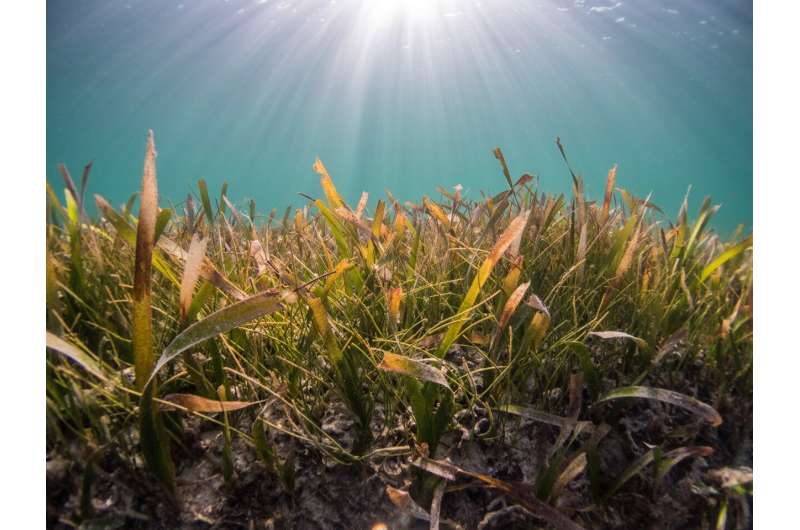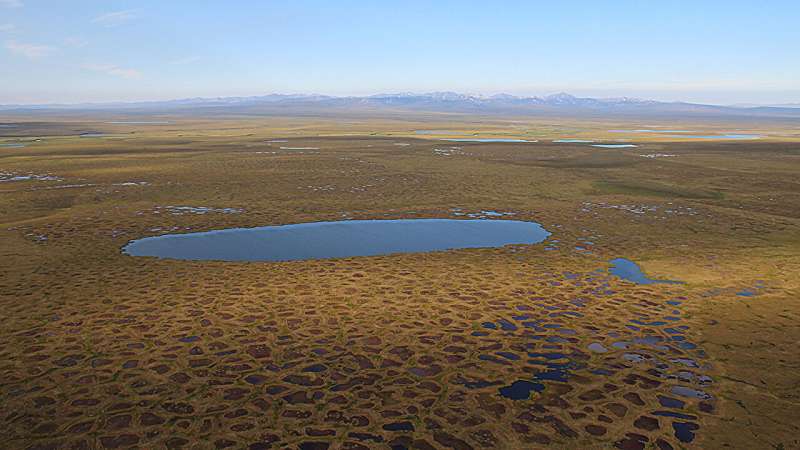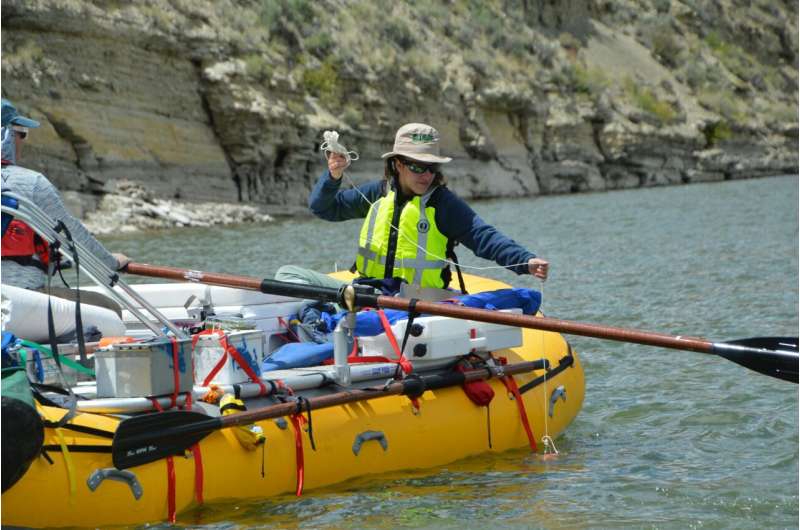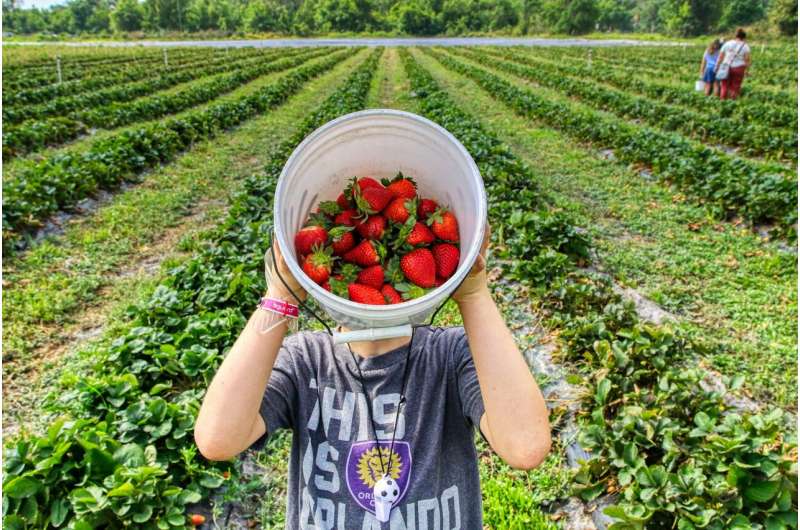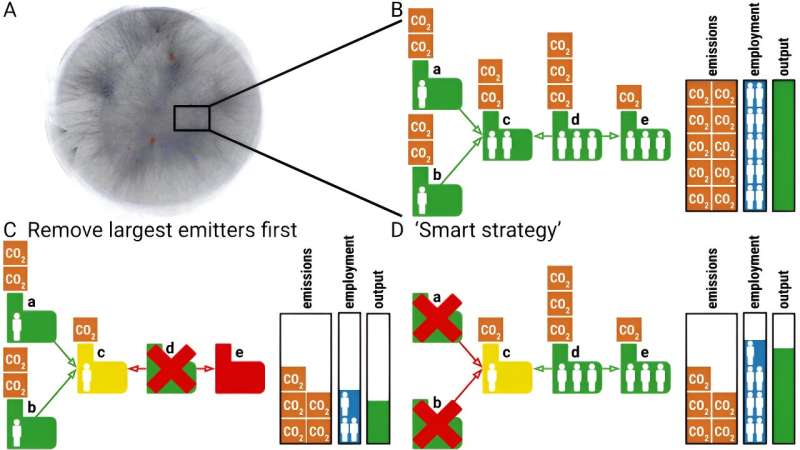The great tits in this Oxford wood are adapting their breeding times as climate changes
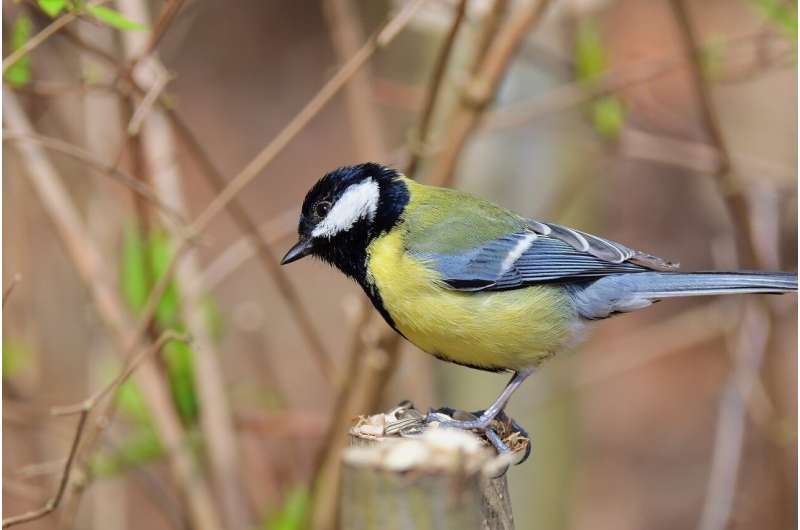
As part of a team of ecologists, I've been studying aspects of great tit biology at Wytham Woods near Oxford. One aspect of our research is how climate change affects their breeding behavior. So far, our research suggests that these great tits have been able to deal with climate change effects.
During early spring, usually in March, great tits (Parus major) abandon their winter flocks and start preparing for the breeding season. First they find a mate and build a nest. Then they raise naked and blind chicks, each weighing a bit more than one gram, into fully feathered fledglings.
A lot of our research focuses on analyzing great tit reproductive phenology—that's the study and analysis of seasonal events such as plant flowering, bird migration and reproduction.
Phenological events are not fixed in time as they depend on environmental factors such as weather conditions. Thus, they vary from year to year. For instance, the earliest recorded start date for great tit breeding in Wytham is March 27. The latest has been April 24, almost a full month later.
Nowadays, the start of great tit breeding occurs more than 15 days earlier than it did in the 1960s. Our research suggests that great tits have successfully tracked the environmental changes imposed by climate change.
At Wytham Woods, spring temperatures have increased around 2°C since 1965. Despite the rising temperature, they are demonstrating what we call "phenotypic plasticity"—individual birds can adapt by producing different versions of the same trait in different environmental contexts.
The fluctuation in great tit breeding reflects climate conditions and food availability—notably, caterpillars of the winter moth, Operophtera brumata. These caterpillars are especially important when great tits are raising their chicks, which rely on these and similar caterpillars as their main source of food.
To maximize breeding success, great tits must synchronize the period of highest chick food demand with the peak of caterpillar availability. If they don't, producing chicks has a much higher energetic cost because parent birds may have to fly further to collect food—this will probably result in fewer chicks surviving.
Evolutionary biologist David Lack put up the first nest boxes in 1947 to study Wytham's great tits. Since then, birds in more than 1,200 nest boxes have been monitored by researchers like me at every stage of their reproductive cycle.
We record when these great tits lay their eggs, count the number of eggs laid and record how many chicks hatch, by regularly visiting the nest boxes. All birds breeding inside the nest boxes and their chicks are captured and marked with individually numbered metal rings. With an identification tag on each bird, we can build a detailed picture of their lives in the woods across successive breeding seasons.
Over the past 76 years, more than 40 generations of great tits have been studied. There have been tens of thousand breeding attempts and researchers have ringed more than 126,000 great tits in Wytham. During Lack's era, most details were recorded using a pen and paper.
Since then, methods have evolved and today, we combine the traditional approach with advanced technology including images taken from satellites and drones, and genetic studies to deepen our understanding of Wytham's great tits.
By monitoring Wytham's great tit population, scientists have been able to explore many different aspects of their biology, from the cultural transmission of song to the impact of age on mating behavior and mate choice.
Early starters
We know that the great tits living here are responding to this rapid warming by adapting their life cycles. Climate change is also affecting winter moths. Data collected between 1960 and 2020 shows that their abundance peaks about 15 days earlier than it did in 1960.
This is probably why great tits have shifted their timing. By breeding earlier, great tits can stay in sync with the higher availability of caterpillars and meet the demands of their chicks, ensuring greater breeding success.
Do the seasons feel increasingly weird to you? You're not alone. Climate change is distorting nature's calendar, causing plants to flower early and animals to emerge at the wrong time. This article is part of a series, Wild Seasons, on how the seasons are changing—and what they may eventually look like.
We are investigating which environmental cues great tits rely on to time the onset of their reproduction. We are measuring variation in environmental factors such as temperature at very small scales. Since 2023, we have deployed 800 temperature recorders across the forest to record temperature variation with high spatial and temporal resolution.
We are also monitoring the phenological changes of trees, specifically the timing and manner of leaf development. Trees play a crucial role in this system, as they determine the emergence of caterpillars, and the timing and availability of food for the great tits.
Beyond the woods
Research at Wytham shows promising signs of great tits' adaptability to climate change. However, it is crucial to remember that these observations come from a single population in an area experiencing a relatively mild climate.
Studies of other great tit populations, while reporting similar advances in the onset of reproduction to Wytham, suggest that these adjustments may not be sufficient to match the changes in the peak of food availability.
Climate change effects in wild animal populations are complex and diverse. Long-term data sets, such as the one available for Wytham Woods great tits, represent a valuable resource to shed new light on the causes, mechanisms, and consequences of population responses to climate change. Long-term monitoring projects like this one near Oxford are valuable tools that can be used, not only to understand and tackle current problems, but also future problems that we can't yet predict.
Provided by The Conversation
This article is republished from The Conversation under a Creative Commons license. Read the original article.![]()

